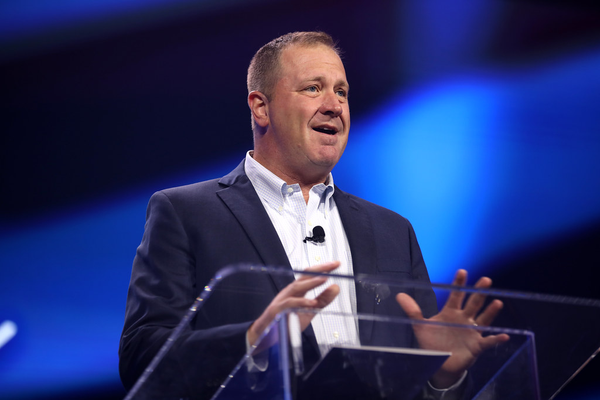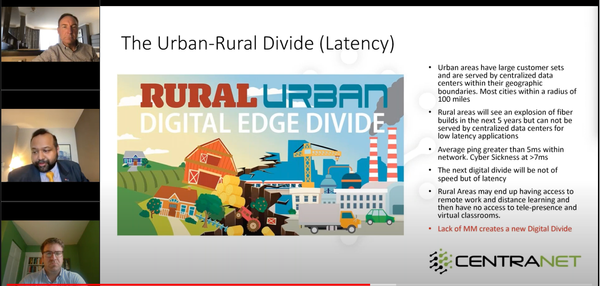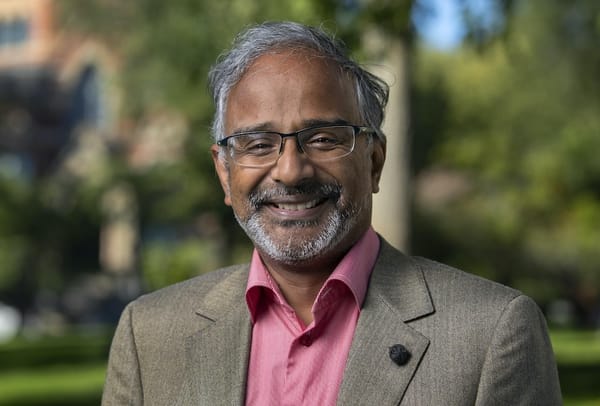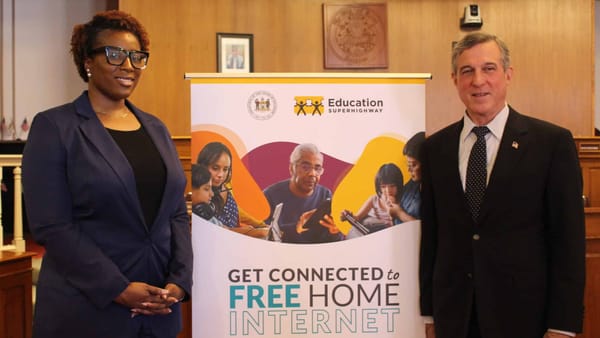Comments on E-Rate Modernization Call for Wired Connectivity Solutions
Schools, groups want more out of E-Rate.

WASHINGTON, January 25, 2024 – In a flurry of new comments submitted to the Federal Communications Commission on Monday, stakeholders ranging from school districts to wireless service providers and trade groups have asked for E-Rate subsidies for a broader range of connectivity solutions.
The FCC has suggested revisions to E-Rate that would expand support for remote education by incorporating key aspects of the Emergency Connectivity Fund.
The suggested revisions particularly include funding for hotspots and wireless home internet services for schools and libraries’ patrons. Launched during the pandemic, the $7.1 billion ECF initiative is set to be exhausted by June 2024.
While a substantial number of school districts expressed support for the FCC’s Proposed Rulemaking, there was a discernible call for more alternatives to broaden the use of E-Rate funds beyond on-premises applications.
Representing more than half a million students, the Los Angeles Unified School District called for the commission to broaden eligible E-Rate services to include wireline broadband services, LTE-enabled devices, and multi-user wireless connections. In their comments, the district emphasized that, based on their experience, “Wi-Fi hotspots should only be used as a last resort to provide connectivity to students.”
The Council of Great City Schools, representing over 75 metro school districts, similarly proposed E-Rate funding wired internet services, as well as smartphone tethering, internal data cards, and eSIM access on computing devices. The council noted that several urban school districts and communities have halted the deployment of hotspots for reasons including inadequate or entirely absent cellular signals in specific neighborhoods and public housing locations.
The Schools, Health, Libraries, and Broadband Coalition, submitting comments in collaboration with the Open Technology Institute, urged the commission to permit E-Rate support be eligible for schools and libraries to build, own, and operate their own school and community networks, instead of only allowing support via commercially available mobile carrier services.
At the onset of the pandemic, many local school administrators across the country self-provisioned networks in a scramble to connect students to the internet. In the process, those efforts suggested that self-provisioned broadband networks are a reliable and cost-effective way to connect students at home.
In response to a question posed in the FCC’s rulemaking on how to categorize E-Rate funding for home connectivity, coalitions including EdLinc, the National Association of Elementary School Principals, and the Council of Great City Schools raised concerns regarding the FCC’s proposal to categorize Wi-Fi hotspots under Category Two of E-Rate, a move the coalitions argue would force educational institutions to make challenging budgetary decisions between physical facilities and home connectivity.
The difference in funding commitment between Category One and Category Two services has significant implications for schools. Category One services, encompassing essential functions like making and receiving phone calls, accessing the internet, and connecting to other networks, are deemed crucial for the basic functioning of schools.
On the other hand, Category Two services, which involve advanced telecommunications services like video conferencing, are considered optional but contribute to enhancing the organization’s capabilities. Additionally, there are distinct funding commitment terms and price caps for each category.
The EdLinc coalition, alongside T-Mobile and many others, suggests that Wi-Fi hotspots be deemed as network equipment and be eligible for Category One support. Meanwhile, the Los Angeles Unified School District advocates for establishing a third category of E-Rate services specifically for off-campus connectivity. They propose that funding prioritization within this category should align with the current commission standards for Category One discounts.
Wireless service provider T-Mobile “wholeheartedly” endorsed the commission’s efforts, citing T-Mobile’s Project 10Million which assists in connecting millions of underserved student households as a tangible example of the company’s decade-long advocacy for expanding the program to encompass off-campus use.
Opposition
Meanwhile, the National Cable & Telecommunications Association, a trade association that represents the cable television industry, argued that using limited E-Rate resources for Wi-Fi hotspots would not be the most effective vehicle to advance interests, and would be “fraught with significant technical and administrative complexities.”
The NCTA also found the FCC’s preliminary conclusion to be inconsistent with the statutory provisions of Section 254 of the Communications Decency Act, asserting that the primary intent of this provision is to establish broadband connections for educational institutions and libraries, specifically within those buildings.
In contrast, SHLB and OTI support the commission’s tentative conclusion that it possesses the authority to allow E-Rate support for services utilized for educational purposes off-premises. As argued by SHLB and OTI, Section 254 of the Communications Act doesn’t explicitly prohibit providing E-Rate support for off-premises services but rather mandates that off-premises use must primarily serve educational purposes.
At the same time, FCC commissioners are divided on the legality of the matter.
FCC Chair Jessica Rosenworcel and FCC Commissioner Geoffrey Starks, both Democrats, have individually released statements endorsing the proposed rule changes and emphasizing their positive impact on addressing the “homework gap”–the disparity between students with access to reliable home internet connections and those without.
On the contrary, FCC Commissioners Brendan Carr and Nathan Simington, both Republicans, have expressed their opposition to the proposed changes. They argue that these changes exceed the agency’s Congressional authority. Simington went so far as to characterize the proposed expansion as “lawless and wasteful.”
FCC Commissioner Anna Gomez has not publicly issued a statement on the proposed changes.
Traditionally, E-Rate has offered monthly discounts on internet services to schools and libraries, with the discount percentage contingent on the applicant’s poverty level and whether their services are situated in an urban or rural area. These discounts typically range from 20 to 90 percent of the total cost of services.
Over the span of over two years of ECF investment, the FCC has allocated over $120 million for the acquisition of Wi-Fi hotspot devices and nearly $1.3 billion for the corresponding wireless carrier services.








